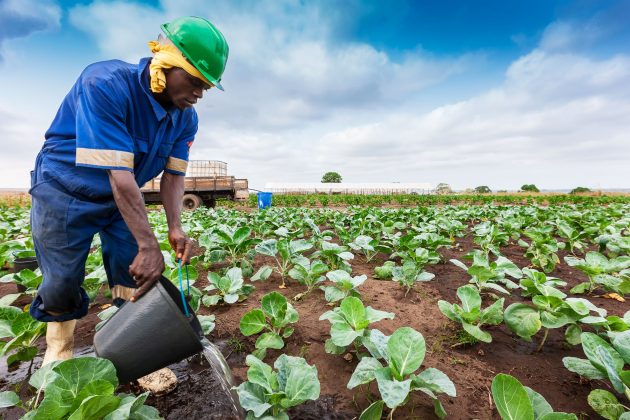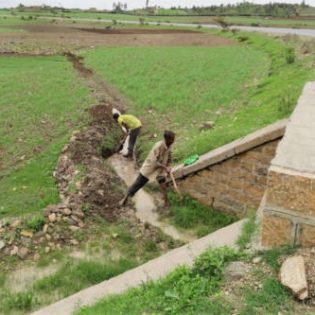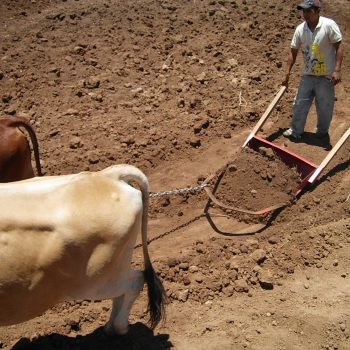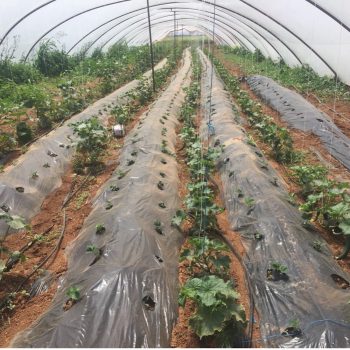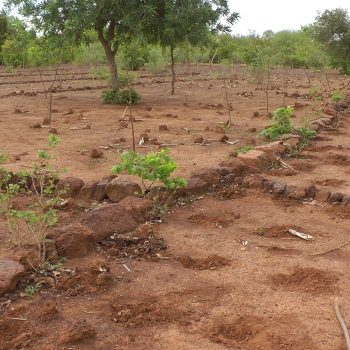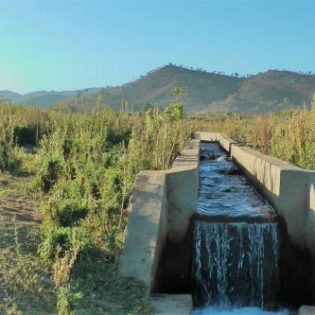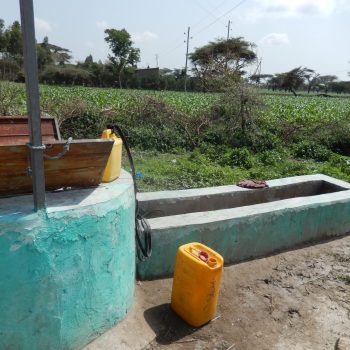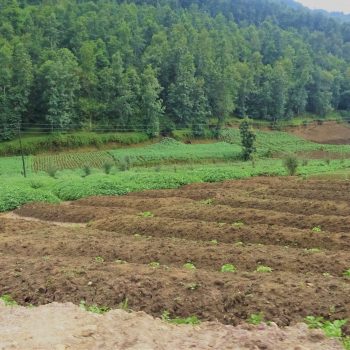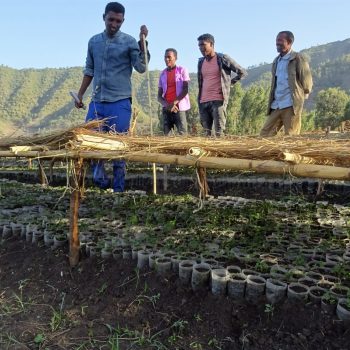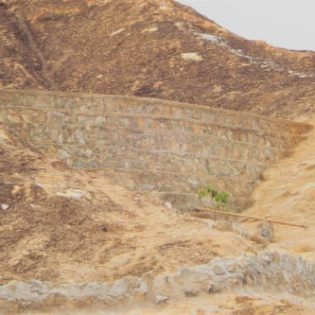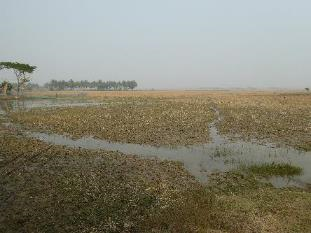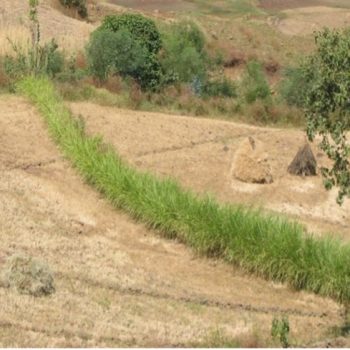| Deficit irrigation is an optimization strategy whereby net returns are maximized by reducing the amount of irrigation water; crops are deliberately allowed to sustain some degree of water deficit and yield reduction. Deficit irrigation takes place where farmers have less access to water than their consumptive needs (maximum ET), particularly in arid and semi-arid areas. The timing (during the plant stages) and the volumes and frequency then applied are important for farmers to be aware of. Deficit irrigation requires ‘an intimate knowledge of crop behaviour, as crop response to water stress varies considerably’ (FAO, 2000). Example of plant stages during which deficit irrigation could take place are provided below:
Considering the application of irrigation needs to be below the total crop water use (ET), following specific benefits of deficit irrigation are summarised: • reducing percolation to the groundwater. • yield biomass ratio (or harvest index) may be enhanced as full irrigation may lead to excessive vegetative growth • as soil moisture content is lower than under normal practice, infiltration of irrigation water is commonly higher in deficit practices, reducing the amount of direct soil moisture evaporation. Before recommending deficit irrigation it is important to consider the trade-off between reduced yield and higher water productivity which would need to be quantified in (socio) economic terms.
|
Additional information
| Agriculture | Irrigated |
|---|
